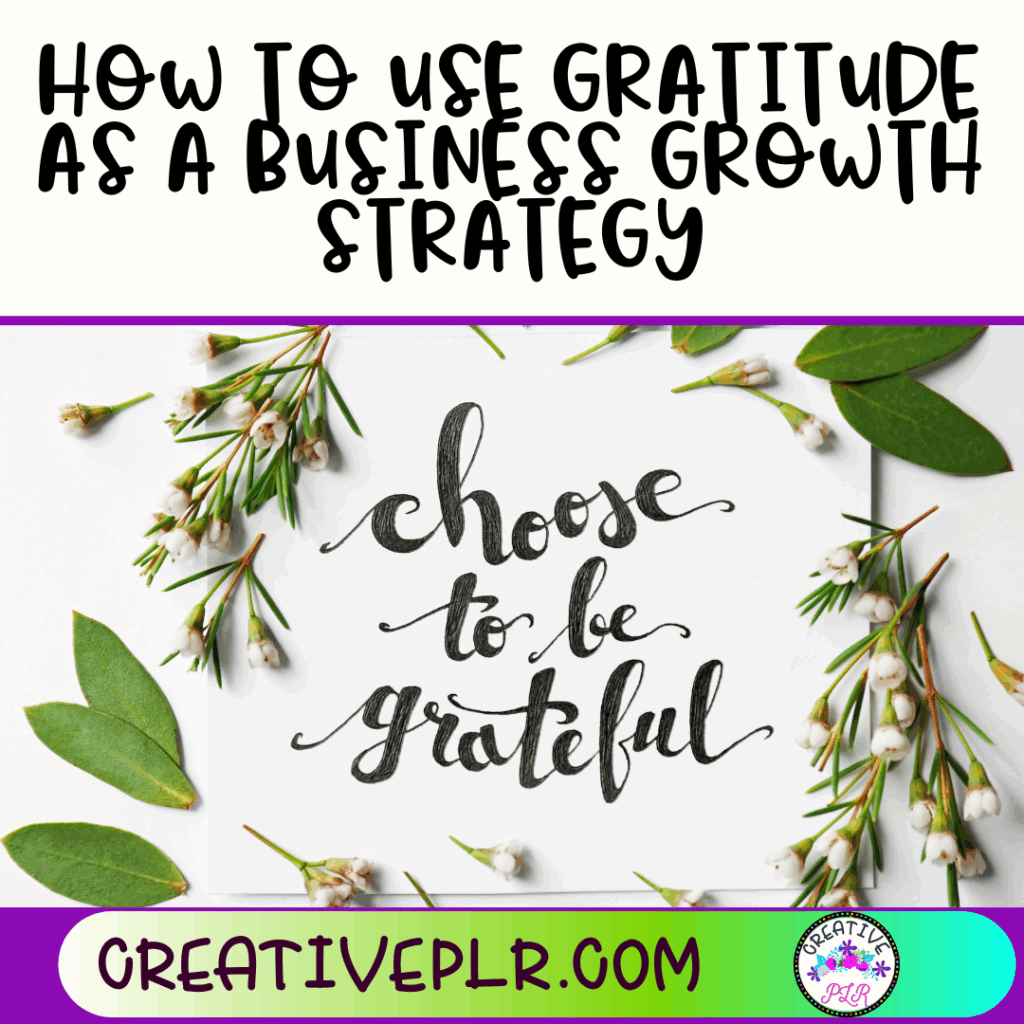Gratitude sounds simple, but most online entrepreneurs overlook its real power. Many chase new tech, growth hacks, or big marketing budgets. Yet, something as basic as saying “thank you” can tip the scales in your favor. Gratitude isn’t just good manners—it’s a business driver.

Whether you’re running a solo shop or leading a remote team, how you show appreciation shapes company culture, client connections, and your own leadership. The way you acknowledge effort, loyalty, or a simple email reply can turn a casual client into a superfan or keep your top freelancer motivated when times get hard.
We’ll break down practical ways to use gratitude for business growth, backed by real research and case studies. You’ll see how small changes in mindset and habits pave the way for better relationships, stronger teams, and a brand people trust.
Why Gratitude Matters in Business
Research on gratitude is clear: it improves mental health, boosts morale, and increases productivity. People who feel appreciated work harder, stay longer, and care more. In a recent study, 81% of employees said they work harder for a grateful boss. That’s not a fluke—appreciation changes how teams operate every day. Companies that cultivate gratitude see better results, from decision-making to client reviews.
One Harvard Business Review article lays it out plainly—gratitude increases engagement and retention. When you praise or thank someone on your team, their brain releases dopamine, that feel-good chemical. The result? Higher motivation and fewer costly mistakes. If you want more stats, check out the summary at Forbes: How Sincere Appreciation Drives Success in Business.
A grateful mindset also builds resilience. You’ll start seeing setbacks as temporary, making it easier to bounce back, adapt, and grow the business. Looking for more? Wharton’s piece on healthy workplace culture digs into how gratitude shapes great teams.
Mental Health and Decision-Making
Gratitude is like fertilizer for your brain. It lowers stress and anxiety, helps you sleep better, and sharpens focus. Happier, healthier leaders and employees make smarter choices and think clearer under pressure. The benefits for business decision-making are outlined at UCLA Health’s summary of gratitude’s positive health effects.
Practical Ways to Use Gratitude for Business Growth
Here’s how you can move past platitudes and make gratitude a real business strategy:
Building Stronger Client Relationships through Appreciation
 Photo by RDNE Stock project
Photo by RDNE Stock project
Retention is cheaper than acquisition. Sincere thank-yous via email or handwritten notes cost little but mean a lot. A quick follow-up call after a project wraps up can transform a one-time client into a loyal partner.
- Send a thank-you email the day after closing a sale.
- mail a handwritten note for big milestones.
- Follow-up months later with a check-in, no sales pitch attached.
A business that does this well stands out—clients become referral sources. Simply put, gratitude opens doors that advertising budgets can’t. Want the research? Forbes explains how this ripple of acknowledgment impacts outcomes.
Nurturing Team Morale with Gratitude
Even remote teams need recognition. Shoutouts during Zoom meetings or on Slack help staff feel valued and boost loyalty. Use tools like Bonusly or simple “gratitude circles” at weekly meetings. Just three words—“I see you”—can be stronger than a raise (and cost less).
Ideas for building a grateful team culture:
- Spotlight one team member’s effort each week.
- End every call with everyone naming one helpful thing a teammate did.
- Make sure recognition is public, not hidden in private chats.
Gratitude doesn’t just feel good, it reduces turnover. A strong “thank you” can do more than many company perks. Explore more at The Business Case for Gratitude.
Leveraging Social Proof and Reviews
Customer reviews are your digital word of mouth. Responding with gratitude shows you care. People notice when you thank reviewers personally—even if the feedback is tough. This small extra step makes your business look more human and approachable.
How to make it work:
- Respond to every review (especially negative ones) with a thank you and a solution.
- Share top reviews on your social channels and tag the customer (with their permission).
- Create a “Thank You Wall” (virtual or physical) with the best feedback visible for your whole team.
Want to see the numbers behind it? Studies show that gratitude in reviews increases trust and wins you more positive feedback, according to this research from Wiley Online Library.
Embedding Gratitude in Your Brand Culture
Gratitude shines brightest when it’s baked into your business, not tacked on. That might mean telling customer success stories in your marketing or sharing how you donate time or money as thanks for customer support.
Tips for weaving gratitude into every part of your brand:
- Use real language in your posts and emails to thank your audience, not canned phrases.
- Let customers and employees tell their stories of gratitude on your website.
- Make gratitude part of onboarding, not just a campaign or one-off event.
Brands that build with appreciation earn loyalty and trust. Check out examples and success stories at Thnks’ customer spotlights.
Final Thoughts:
Gratitude isn’t a soft skill—it’s a smart business move. But not just about business. Appreciating clients, employees, and even critics helps you grow a brand people rave about. When you make sincere gratitude part of daily habits and long-term strategy, the benefits stack up fast: happier teams, more loyal customers, and steady business growth.
Pick one tactic from this post and use it this week—write a thank you note, highlight a teammate, or share a grateful review response. Notice what changes.
As you lead your business forward, let gratitude guide you. A thankful entrepreneur builds a business others want to work with and talk about.